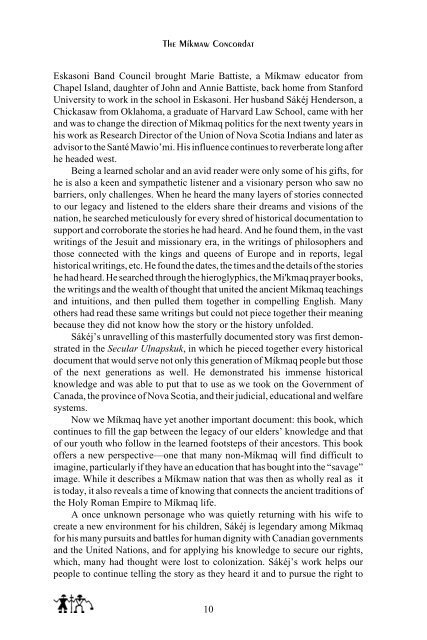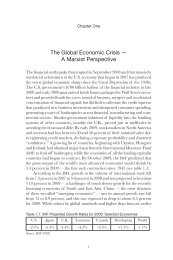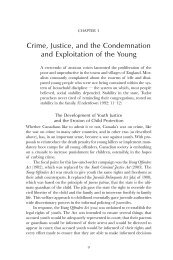Download PDF - Fernwood Publishing
Download PDF - Fernwood Publishing
Download PDF - Fernwood Publishing
Create successful ePaper yourself
Turn your PDF publications into a flip-book with our unique Google optimized e-Paper software.
The Míkmaw Concordat<br />
Eskasoni Band Council brought Marie Battiste, a Míkmaw educator from<br />
Chapel Island, daughter of John and Annie Battiste, back home from Stanford<br />
University to work in the school in Eskasoni. Her husband Sákéj Henderson, a<br />
Chickasaw from Oklahoma, a graduate of Harvard Law School, came with her<br />
and was to change the direction of Míkmaq politics for the next twenty years in<br />
his work as Research Director of the Union of Nova Scotia Indians and later as<br />
advisor to the Santé Mawio’mi. His influence continues to reverberate long after<br />
he headed west.<br />
Being a learned scholar and an avid reader were only some of his gifts, for<br />
he is also a keen and sympathetic listener and a visionary person who saw no<br />
barriers, only challenges. When he heard the many layers of stories connected<br />
to our legacy and listened to the elders share their dreams and visions of the<br />
nation, he searched meticulously for every shred of historical documentation to<br />
support and corroborate the stories he had heard. And he found them, in the vast<br />
writings of the Jesuit and missionary era, in the writings of philosophers and<br />
those connected with the kings and queens of Europe and in reports, legal<br />
historical writings, etc. He found the dates, the times and the details of the stories<br />
he had heard. He searched through the hieroglyphics, the Mi'kmaq prayer books,<br />
the writings and the wealth of thought that united the ancient Míkmaq teachings<br />
and intuitions, and then pulled them together in compelling English. Many<br />
others had read these same writings but could not piece together their meaning<br />
because they did not know how the story or the history unfolded.<br />
Sákéj’s unravelling of this masterfully documented story was first demonstrated<br />
in the Secular Ulnapskuk, in which he pieced together every historical<br />
document that would serve not only this generation of Míkmaq people but those<br />
of the next generations as well. He demonstrated his immense historical<br />
knowledge and was able to put that to use as we took on the Government of<br />
Canada, the province of Nova Scotia, and their judicial, educational and welfare<br />
systems.<br />
Now we Míkmaq have yet another important document: this book, which<br />
continues to fill the gap between the legacy of our elders’ knowledge and that<br />
of our youth who follow in the learned footsteps of their ancestors. This book<br />
offers a new perspective—one that many non-Míkmaq will find difficult to<br />
imagine, particularly if they have an education that has bought into the “savage”<br />
image. While it describes a Míkmaw nation that was then as wholly real as it<br />
is today, it also reveals a time of knowing that connects the ancient traditions of<br />
the Holy Roman Empire to Míkmaq life.<br />
A once unknown personage who was quietly returning with his wife to<br />
create a new environment for his children, Sákéj is legendary among Míkmaq<br />
for his many pursuits and battles for human dignity with Canadian governments<br />
and the United Nations, and for applying his knowledge to secure our rights,<br />
which, many had thought were lost to colonization. Sákéj’s work helps our<br />
people to continue telling the story as they heard it and to pursue the right to<br />
10





